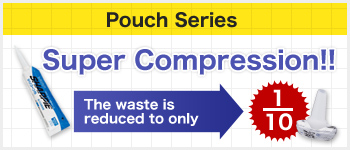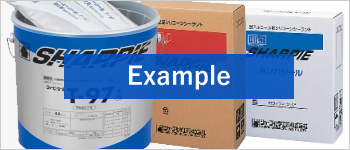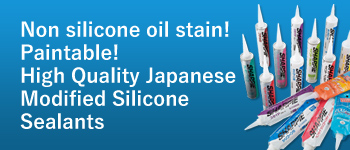The first step in waterproofing is locating the leaks. You can use a fluorescent liquid to trace the cracks, but otherwise it is really difficult to find the leaks, for there is not yet a good way to find them.
Do not let any of the water reside on the surface. Tilt the floor—make it uneven—so that water flows elsewhere. Do not leave and concave spots where water can build up. To get rid of the concave puddles, use mortar to fill it up (when using mortar, please use the special mortar adhesives).
Next, fill in the sealant at cracks or joints. The best sealants for this situation are Modified Silicone or Polyurethane. (Do not use the Silicone Series it is not paintable)
After mortar operation, please set it there for 3 weeks. In case of swelling, you can install some steam remover. After mortar operation, there might be some alkali. Some waterproofing materials might be contaminated.
When it is finished, please leave the base to dry. If any water is left, coatings will fall off or swell.
After mortar operations, leave it to dry for 3 weeks. To prevent swelling, you can install a steam remover. After a mortar operation, it will show alkaline properties. Some waterproofing materials might be contaminated in this process.
|
|






























